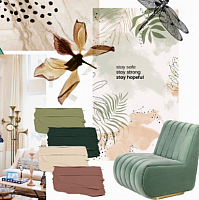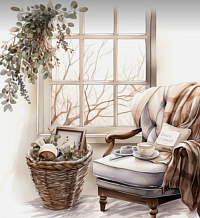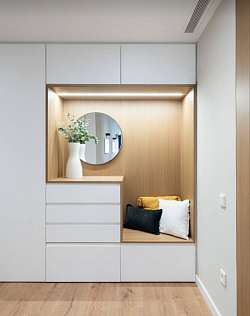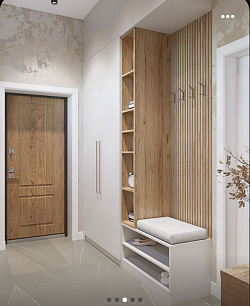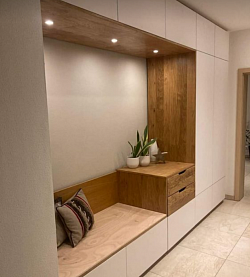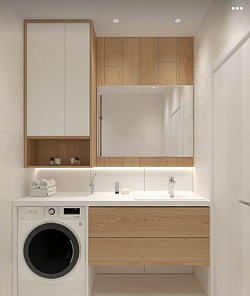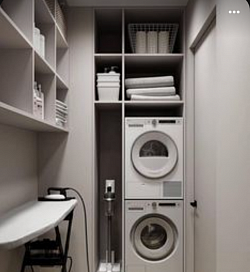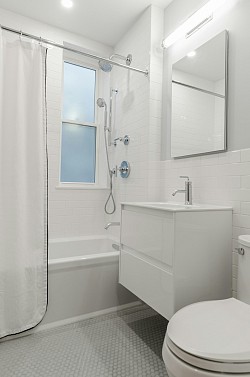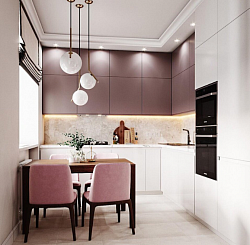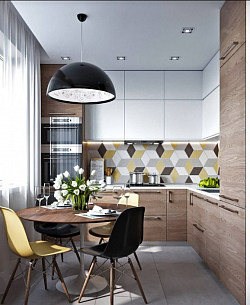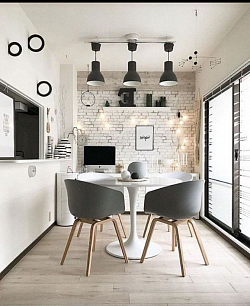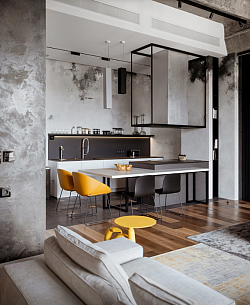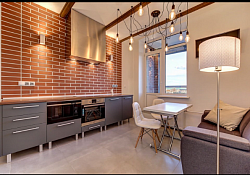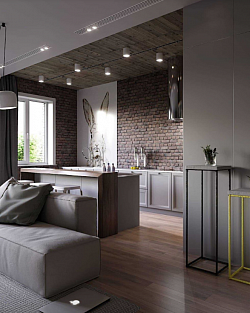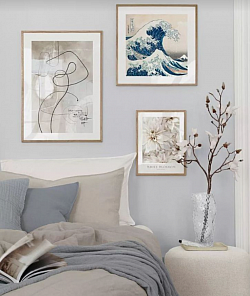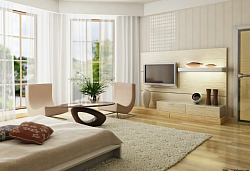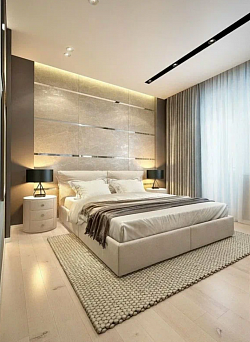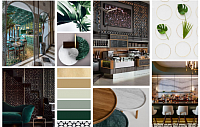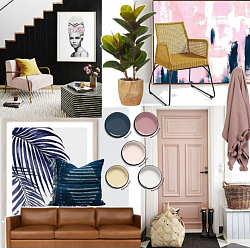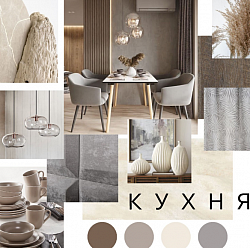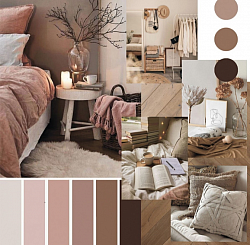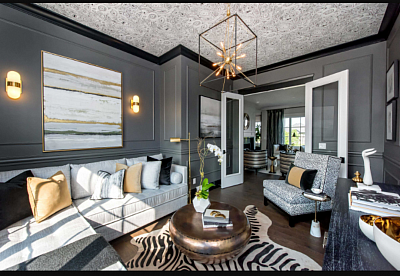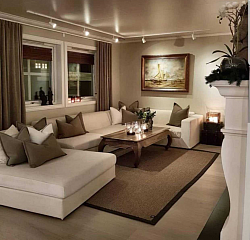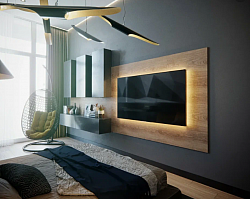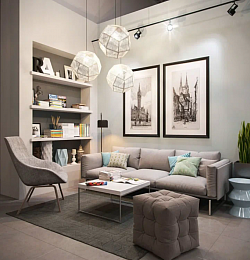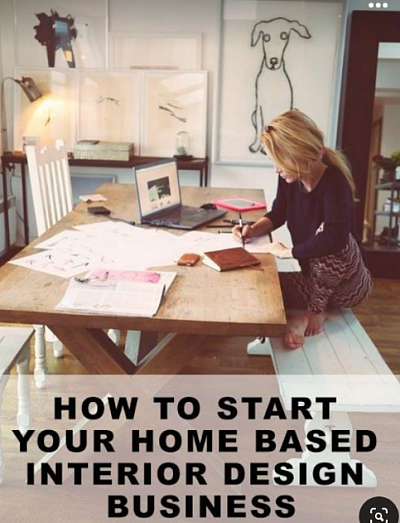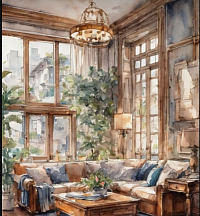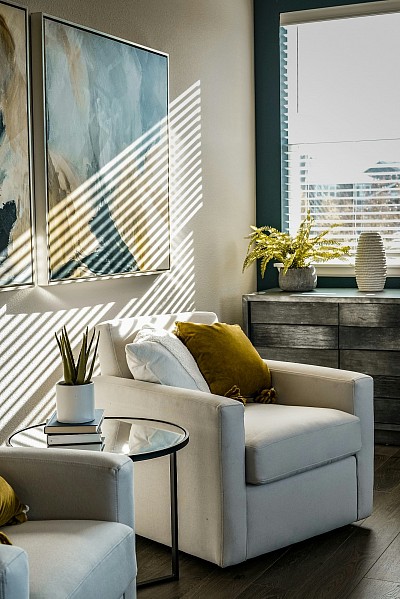Interior design
The Significance of Interior Design in Enhancing Human Life.
IIntroduction
Interior design is an art form that plays a fundamental role in shaping our surroundings. From our homes to offices, schools, hospitals, and public spaces, interior design influences the way we experience and interact with the world around us. The design of interior spaces impacts our mood, productivity, creativity, and overall well-being. In this essay, we will explore the profound significance of interior design in enhancing human life.
Aesthetics and Emotional Well-Being
The aesthetic appeal of our surroundings has a direct impact on our emotional well-being. A well-designed interior space can evoke feelings of joy, tranquility, and inspiration, while a poorly designed space can lead to feelings of stress, anxiety, and discomfort. Colors, textures, lighting, furniture, and decor all contribute to the overall aesthetic of a space and can greatly influence our mood and emotions.
For example, warm and earthy tones can create a cozy and inviting atmosphere, while cool blues and greens can promote a sense of calm and relaxation. Natural light can uplift our spirits and boost our energy levels, while harsh artificial lighting can cause eye strain and fatigue. By carefully considering these design elements, interior designers can create spaces that support and enhance our emotional well-being.
Functionality and Productivity
In addition to aesthetics, interior design is also about functionality and practicality. A well-designed space should not only look good but also serve its intended purpose effectively. Whether it's a kitchen that maximizes efficiency, a home office that promotes focus and productivity, or a hospital room that enhances healing and comfort, interior design plays a crucial role in optimizing the functionality of a space.
Consider the layout of furniture, the flow of traffic, the organization of storage, and the placement of amenities—all of these factors contribute to the overall functionality of a space. By addressing these aspects thoughtfully, interior designers can create environments that support our daily activities and help us lead more efficient and productive lives.
Personalization and Identity
Our living spaces are an extension of ourselves—they reflect our personalities, tastes, and values. Interior design allows us to express our individuality and create spaces that resonate with who we are. Whether it's through the choice of colors, patterns, furniture, or art, we can personalize our environments to create a sense of belonging and identity.
Moreover, interior design can help us connect with our cultural heritage, memories, and aspirations. By incorporating elements that hold personal significance, we can surround ourselves with reminders of our past, present, and future. This sense of personalization and identity can have a profound impact on our self-esteem, happiness, and sense of fulfillment.
Conclusion
In conclusion, interior design is not just about making spaces look pretty—it is about enriching our lives in profound ways. By creating aesthetically pleasing, functional, and personalized environments, interior designers have the power to enhance our emotional well-being, productivity, and sense of identity. As we continue to recognize the significance of interior design in our lives, we can harness its potential to create spaces that truly nurture and inspire us.
Media from YandexGPT and Chad Ai:
Media
Media in interior design refers to the various platforms and tools used to showcase design ideas, trends, and projects to a wider audience. This includes magazines, websites, social media, and television shows dedicated to interior design. The reason for utilizing media in interior design is to stimulate creativity, inspire innovation, and educate both professionals and enthusiasts about the latest trends, products, and techniques in the field. By leveraging media channels, designers can reach a larger audience, connect with potential clients, and establish a strong online presence in the competitive industry of interior design.
Mood boards
Mood boards are a crucial tool in the world of interior design. They are visual representations that help designers and clients conceptualize and communicate design ideas for a space. Mood boards typically include a collage of images, textures, colors, materials, and furniture pieces that reflect the desired aesthetic and atmosphere of the project.
By compiling various elements onto a single board, designers can convey the overall look and feel they intend to achieve. Mood boards serve as a reference point throughout the design process, ensuring consistency and alignment with the client's vision. They help to inspire creativity, establish a cohesive design direction, and facilitate effective communication between all stakeholders involved in the project. Mood boards are essential for capturing the essence of a design concept and guiding its implementation to create harmonious and visually appealing interiors.
Interior design styles
Interior design styles are like a reflection of the times and the people who inhabit a space. Each style offers a unique aesthetic, mood, and atmosphere that can transform a room from ordinary to extraordinary. Here are a few popular interior design styles:
1. Minimalism: Minimalism is all about simplicity, clean lines, and a sense of calm. It emphasizes functionality and space over clutter and excess. Minimalist interiors often feature neutral colors, simple furniture, and a focus on natural light.
2. Scandinavian: Scandinavian design is known for its warmth, functionality, and simplicity. It combines clean lines with a cozy, inviting feel. This style often features light wood tones, white walls, and pops of color through decor and accents.
3. Industrial: Industrial design is inspired by old factories and warehouses. Exposed brick, steel beams, and rough textures characterize this style. Industrial interiors often feature a mix of raw materials like wood, metal, and concrete, creating a rugged yet stylish aesthetic.
4. Mid-Century Modern: This style emerged in the mid-20th century and is characterized by clean lines, organic shapes, and a mix of traditional and modern materials. Mid-century modern interiors often feature teak furniture, bold patterns, and a retro feel.
5. Bohemian: Bohemian design is all about creativity, color, and individuality. It embraces a relaxed, eclectic mix of patterns, textures, and styles from around the world. Bohemian interiors often feature a mix of vintage furniture, colorful fabrics, and an abundance of plants.
6. Traditional: Traditional design is classic, elegant, and timeless. It draws inspiration from classic European styles like Georgian, Victorian, and Colonial. Traditional interiors often feature ornate furniture, rich colors, and intricate details like molding and trim.
7. Modern: Modern design is sleek, clean, and minimalist. It emphasizes open spaces, simplicity, and a focus on function. Modern interiors often feature neutral colors, clean lines, and a mix of materials like glass, steel, and concrete.
8. Farmhouse: Farmhouse design is cozy, rustic, and charming. It blends vintage elements with modern touches to create a warm and inviting atmosphere. Farmhouse interiors often feature reclaimed wood, white walls, and cozy textiles like plaid and gingham.
These are just a few of the many interior design styles out there. Each style offers its own unique look and feel, allowing homeowners to create spaces that reflect their personal tastes and preferences.
Copyrighting
- "Interior Design Styles 101: The Ultimate Guide To Decorating Styles in 2024 - Decorilla Online Interior Design" https://www.decorilla.com/online-decorating/interior-design-styles-101/
Interior design about...
- "How To Start a Business: 11 Essential Steps (2025) - Shopify" https://www.shopify.com/blog/how-to-start-a-business
- "How to start a web design business: Step-by-step guide" https://webflow.com/blog/how-to-start-a-web-design-business
Interior design trends
- "Interior Design Trends to Know in 2024—And What’s on Its Way Out | Vogue" https://www.vogue.com/article/interior-design-trends-2024
- https://pin.it/28EfNtB4h. /Capella/
AI.Assistent:who is who?
- "How to Make an AI Assistant in 10 Steps | LITSLINK blog" https://litslink.com/blog/create-ai-assistant
- "22 Popular AI Assistants | Built In" https://builtin.com/artificial-intelligence/ai-assistant
- https://shedevrum.ai/post/ac07233b4b6611efa723ced8d51e23e0?share=jq1vgdqx66u8ypah1p09kt7w1m
Interior design stylishness
- https://www.inmyroom.ru/posts/38671-7-klassnyh-dizajn-reshenij-iz-proekta-profi
"7 Stylish Design Solutions from a Professional Project - INMYROOM"
The article on the INMYROOM website describes 7 impressive design solutions implemented by professional specialists as part of one of their projects. It presents original and striking ideas that can be a source of inspiration for those who are working on arranging their own home or apartment. These design techniques demonstrate a high level of skill and creativity, embodied in real interiors.
